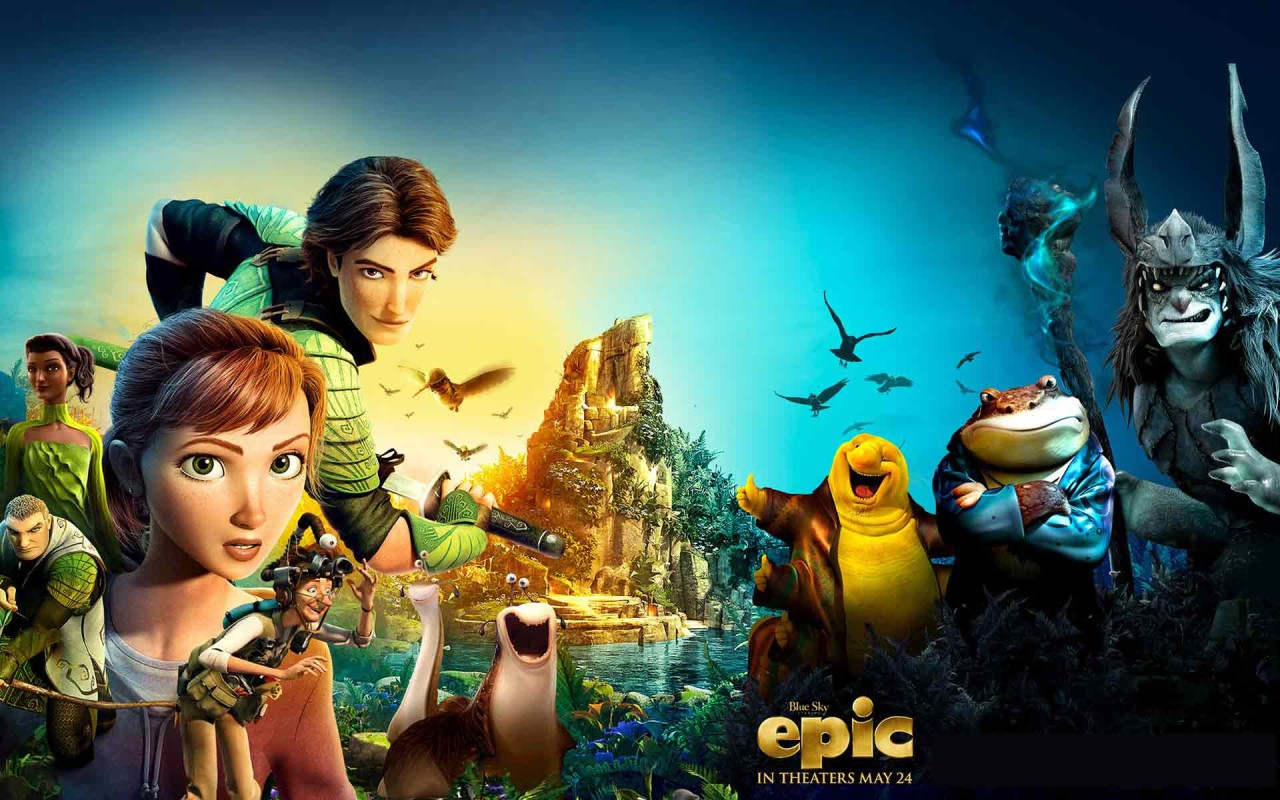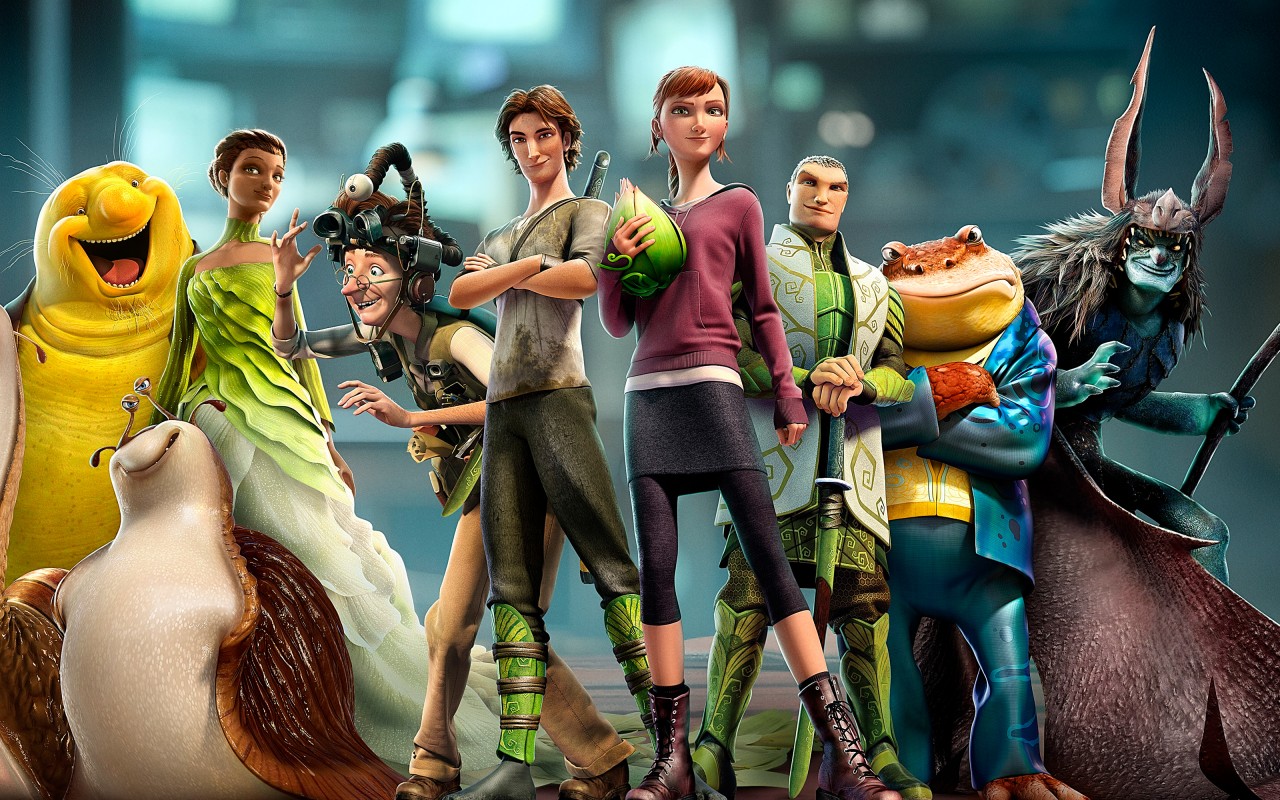Embark on an EPIC journey through the annals of literature, where we unravel the grandeur and timeless appeal of epic poems. From ancient bards to modern storytellers, the epic genre has captivated imaginations for centuries, shaping cultures and inspiring countless works of art.
Join us as we delve into the historical significance of epics, examining their profound impact on cultural values and beliefs. We’ll analyze the literary elements that define epic poetry, from its sweeping scale to its use of metaphors and similes.
Along the way, we’ll explore modern adaptations of epic stories in film, television, and music, tracing their evolution and influence on contemporary society.
Historical Significance
The term “epic” originated in ancient Greek literature, where it referred to a long narrative poem that recounted the deeds of legendary heroes or gods. These poems were often recited or sung by poets known as rhapsodes.
Some of the most famous examples of epic poems from different cultures and time periods include:
- The Iliadand The Odysseyby Homer (Ancient Greece)
- The Aeneidby Virgil (Ancient Rome)
- The Mahābhārataand The Rāmāyaṇa(Ancient India)
- Beowulf(Anglo-Saxon England)
- The Song of Roland(Medieval France)
- The Nibelungenlied(Medieval Germany)
Epic poems typically share a number of characteristics, including:
- A grand and elevated style
- A focus on heroic characters and their deeds
- A use of supernatural or mythological elements
- A vast and complex narrative structure
Epic poetry has played a significant role in the development of human civilization. These poems have helped to shape cultural values and beliefs, transmit cultural traditions and mythology, and provide a source of inspiration and entertainment for people of all ages.
Literary Elements
Epic poems employ an array of literary devices to elevate their grandeur and encompass the vastness of their themes. These devices include:
Epic Similes
Epic similes draw elaborate comparisons between two unlike things, often using “like” or “as.” They provide vivid imagery and emphasize the scale and importance of the events described. For instance, in Homer’s Iliad, Achilles is compared to a “lion leaping on its prey.”
Epic Metaphors
Epic metaphors create implicit comparisons without using “like” or “as.” They establish powerful associations and convey deep meanings. In Virgil’s Aeneid, Rome is described as a “lioness,” symbolizing its strength and ferocity.
Epic Hyperboles
Epic hyperboles exaggerate to create emphasis and grandeur. They depict events or characters in larger-than-life terms. In the Epic of Gilgamesh, Gilgamesh’s strength is described as “the strength of a hundred men.”
Foreshadowing
Foreshadowing hints at future events, creating suspense and anticipation. In the Nibelungenlied, a dream foretells the tragic end of the hero Siegfried.
Symbolism
Epic poems use symbols to represent abstract ideas or emotions. In Dante’s Divine Comedy, the journey through hell symbolizes the protagonist’s spiritual purification.
Archetypal Characters
Epic poems often feature archetypal characters, such as the hero, the villain, the mentor, and the trickster. These characters embody universal human experiences and emotions.
Archetypal Motifs
Epic poems employ archetypal motifs, such as the quest, the journey, and the battle. These motifs represent fundamental human experiences and struggles.
Character Archetypes

Epic poems often feature a cast of archetypal characters, representing universal human experiences and values. These characters embody specific traits and motivations that drive the narrative and resonate with audiences across cultures and time periods.
Epic Heroes
Epic heroes are the central figures of epic poems, embodying courage, strength, and determination. They often embark on perilous quests or face formidable challenges to achieve a greater good. Examples include Odysseus in Homer’s Odyssey, Achilles in Homer’s Iliad, and Beowulf in the Anglo-Saxon epic Beowulf.
- Key Characteristics:Courage, strength, determination, loyalty, self-sacrifice
- Motivations:To achieve glory, honor, or justice; to protect their people or homeland
Epic Villains
Epic villains represent the forces of evil or opposition that the hero must overcome. They may be characterized by ambition, greed, or a lust for power. Examples include Polyphemus in Homer’s Odyssey, Hector in Homer’s Iliad, and Grendel in the Anglo-Saxon epic Beowulf.
- Key Characteristics:Ambition, greed, lust for power, cunning, cruelty
- Motivations:To achieve personal gain or control; to destroy or conquer the hero
Epic Mentors
Epic mentors are wise and experienced figures who guide and assist the hero on their journey. They may provide advice, training, or supernatural assistance. Examples include Athena in Homer’s Odyssey, Chiron in the Greek myth of Jason and the Argonauts, and Gandalf in J.R.R.
Tolkien’s The Lord of the Rings.
- Key Characteristics:Wisdom, experience, knowledge, loyalty, compassion
- Motivations:To help the hero fulfill their destiny; to protect the world from evil
| Archetype | Key Characteristics | Motivations |
|---|---|---|
| Epic Hero | Courage, strength, determination, loyalty, self-sacrifice | To achieve glory, honor, or justice; to protect their people or homeland |
| Epic Villain | Ambition, greed, lust for power, cunning, cruelty | To achieve personal gain or control; to destroy or conquer the hero |
| Epic Mentor | Wisdom, experience, knowledge, loyalty, compassion | To help the hero fulfill their destiny; to protect the world from evil |
These archetypal characters play a vital role in epic narratives, driving the plot, creating conflict, and exploring universal themes of good versus evil, courage, and perseverance.
Themes and Motifs

Epic poems are replete with profound themes and motifs that transcend time and resonate deeply with the human experience. These themes explore fundamental aspects of human existence, grappling with questions of heroism, sacrifice, destiny, and the complexities of human nature.
Heroism
Heroism is a central theme in epic poems, often portrayed through the protagonist’s exceptional bravery, strength, and determination. Heroes are individuals who rise above ordinary limitations to accomplish extraordinary feats, inspiring awe and admiration. They embody the ideals of courage, honor, and selflessness, representing the potential for human greatness.
Sacrifice
Sacrifice is another prominent theme in epic poetry. Characters often make profound sacrifices for the greater good, putting their own needs and desires aside for the sake of their community or a higher cause. These sacrifices can involve physical hardship, emotional anguish, or even the ultimate sacrifice of life.
Through sacrifice, characters demonstrate the power of love, compassion, and the indomitable spirit of humanity.
Destiny
Destiny plays a significant role in epic poems, exploring the concept of fate and the predetermined course of events. Characters grapple with their own destiny, seeking to understand their place in the world and the forces that shape their lives.
Destiny can be both a source of comfort and a burden, as characters struggle to reconcile their own desires with the path that has been laid out for them.
Cultural Impact

Epic poems have had a profound cultural impact on societies throughout history. They have shaped cultural identities, provided moral guidance, and inspired artistic expression.
Epics have been used to commemorate great events, celebrate heroes, and pass down cultural values. They have played a vital role in shaping the cultural identity of nations and ethnic groups. For example, the ancient Greek epics Iliadand Odysseyhave had a lasting impact on Western culture, influencing literature, art, and music.
Influence on Art, Music, and Film
Epics have also had a significant influence on art, music, and film. Many famous works of art, such as paintings, sculptures, and tapestries, have been inspired by epic poems. For example, the Bayeux Tapestry, created in the 11th century, depicts the Norman conquest of England as described in the epic poem Chanson de Roland.
Epics have also been adapted into operas, ballets, and films. For example, the opera Aidaby Giuseppe Verdi is based on the ancient Egyptian epic poem The Book of the Dead. The film The Lord of the Ringstrilogy is based on the epic poem of the same name by J.R.R.
Tolkien.
EPIC! Whether you’re hosting a backyard bash or simply enjoying a cozy night under the stars, outdoor fireplaces for sale are the perfect way to add warmth and ambiance to your outdoor space. And with so many styles and designs to choose from, you’re sure to find the perfect one to match your taste and decor.
EPIC!
Examples of Epic Adaptations
Here are some examples of epic adaptations that have had a significant impact on popular culture:
- The Lord of the Ringsfilm trilogy (2001-2003) grossed over $2.9 billion worldwide and won 17 Academy Awards.
- The opera Aida(1871) is one of the most popular operas in the world and has been performed countless times.
- The ballet Swan Lake(1877) is based on the Russian folk tale of the same name and has been performed by ballet companies around the world.
These are just a few examples of the many ways that epics have influenced art, music, and film. Epics continue to be a source of inspiration for artists and filmmakers today.
Modern Interpretations
Contemporary interpretations of the epic genre reflect the evolving concerns and perspectives of modern society. Writers and artists are adapting epic conventions to engage with themes such as identity, social justice, environmentalism, and technological advancements.
Adapting Epic Conventions
Modern epic poems, novels, and films often challenge traditional epic forms by incorporating elements of realism, satire, and fragmented narratives. They explore the complexities of human experience in a rapidly changing world.
- The Dream Thievesby Maggie Stiefvater: A contemporary fantasy novel that reimagines the hero’s journey as a quest for self-acceptance and empowerment.
- Cloud Atlasby David Mitchell: A multi-layered novel that connects six different narratives across time and space, exploring themes of reincarnation, interconnectedness, and the power of storytelling.
- Black Panther(film): A superhero film that draws inspiration from African epic traditions, exploring themes of identity, colonialism, and the fight for justice.
Epic Scale and Scope
Epic narratives unfold on a grand scale, encompassing vast settings, numerous characters, and events that span extended periods of time. This sweeping scope contributes to the epic’s sense of grandeur and importance, immersing the reader in a world of extraordinary proportions.
Epic battles, journeys, and conflicts play a central role in shaping the narrative. These events are often portrayed with vivid detail, showcasing the courage, strength, and resilience of the epic’s heroes. The sheer magnitude of these events underscores the stakes involved and the profound impact they have on the characters and their world.
Epic Battles
- The Battle of Troy in Homer’s Iliad
- The Battle of Kurukshetra in the Mahabharata
- The Battle of Agincourt in Shakespeare’s Henry V
Epic Journeys
- Odysseus’s journey home in Homer’s Odyssey
- Aeneas’s journey to Italy in Virgil’s Aeneid
- Frodo’s journey to Mordor in Tolkien’s The Lord of the Rings
Epic Conflicts
- The struggle between good and evil in Milton’s Paradise Lost
- The clash of civilizations in Homer’s Iliad
- The battle for freedom and independence in Melville’s Moby-Dick
Narrative Structure
Epic poems often follow a distinct narrative structure that creates a sense of progression and closure. This structure typically includes:
Beginning
- Invocation of a deity or muse for inspiration.
- Statement of the epic’s theme or purpose.
- Introduction of the main characters and setting.
Rising Action
- Development of the conflict or plot.
- Introduction of obstacles and challenges.
- Escalation of tension and suspense.
Climax
- The turning point of the epic.
- The moment of greatest conflict or tension.
- The resolution of the main plot.
Falling Action
- The events that follow the climax.
- The resolution of any remaining conflicts.
- The winding down of the plot.
Resolution
- The final outcome of the epic.
- The tying up of loose ends.
- A sense of closure and catharsis.
Poetic Language
Epic poems are renowned for their distinctive poetic language that elevates the subject matter to legendary proportions. This language employs a rich tapestry of literary devices to create a sense of grandeur and memorability.
Epic Diction
Epic diction is characterized by its elevated and formal tone. It employs archaic words, complex syntax, and ornate descriptions to convey a sense of importance and solemnity.
Epic Syntax
Epic syntax often deviates from everyday speech patterns. It utilizes inversions, parallel structures, and long, flowing sentences to create a rhythmic and memorable effect.
Epic Meter
Epic poems are typically written in a specific meter, such as dactylic hexameter or iambic pentameter. This regular rhythm enhances the poem’s musicality and aids in memorization.
Kennings, Epithets, and Similes
Kennings are compound metaphors that replace nouns with descriptive phrases. Epithets are adjectives or phrases that vividly describe a character or object. Similes compare two unlike things using “like” or “as.” These devices create vivid imagery and enhance the poem’s memorability.
Alliteration, Assonance, and Consonance
Epic poems frequently employ alliteration, assonance, and consonance to create a sense of grandeur and musicality. These sound devices reinforce the poem’s rhythm and make it more enjoyable to recite or listen to.
Writing an Epic Poem
Compose a short epic poem that utilizes the distinctive poetic language of the genre. Incorporate kennings, epithets, and other poetic devices to enhance the impact and memorability of your poem.
EPIC has made a big impact on the entertainment industry, bringing us groundbreaking movies, TV shows, and music. One unforgettable moment was R. Kelly’s epic performance in “Trapped in the Closet.” Discover the latest chapters of this captivating story and witness the iconic moments that made EPIC a cultural phenomenon.
Heroic Journeys
The epic hero’s journey is a recurring pattern found in epic poems, often following a set of stages that reflect the hero’s transformation from an ordinary individual to an extraordinary figure.
EPIC stands for “Easy, Practical, Inspiring, Creative” – everything you need to know about decluttering. And when you declutter, you’re not just getting rid of stuff, you’re making room for a better life. As the saying goes, “shed your stuff, change your life”.
Check out this article to learn more about how decluttering can help you live a more fulfilling life. Decluttering with EPIC is the key to unlocking your full potential, so get started today and see the amazing results for yourself!
The journey typically begins with a call to adventure, followed by a period of preparation and training. The hero then embarks on a series of trials and challenges, overcoming obstacles and facing danger. These trials often lead to a moment of crisis or revelation, where the hero must make a difficult choice or confront their inner demons.
Overcoming Trials and Challenges
The trials and challenges faced by epic heroes vary depending on the poem, but they often include physical dangers, moral dilemmas, and supernatural encounters. These challenges test the hero’s strength, courage, and resilience, and ultimately lead to their transformation.
- In Homer’s Odyssey, Odysseus faces countless trials during his ten-year journey home from the Trojan War, including encounters with monsters, storms, and treacherous seas.
- In the Epic of Gilgamesh, Gilgamesh undergoes a series of adventures in search of immortality, including battles with lions, bulls, and even the gods.
Epic Battles: Scale, Significance, and Impact
Epic battles are grand, awe-inspiring clashes that define the course of history and the destiny of nations. From the Trojan War to the Battle of Kurukshetra, these battles have shaped civilizations and left an enduring legacy in literature and culture.
Scale and Grandeur
The scale of epic battles is staggering, involving vast armies, legendary heroes, and the clash of civilizations. In Homer’s Iliad, the Battle of Troy raged for ten years, with hundreds of thousands of soldiers fighting on both sides. The Mahabharata, an ancient Indian epic, describes a battle that lasted for 18 days, with millions of soldiers engaged.
Themes and Purpose
The grandeur of these battles reflects the epic’s themes and purpose. They represent the clash between good and evil, order and chaos, and the struggle for power and survival. The battles often serve as a catalyst for character development, testing the limits of human endurance and revealing the true nature of heroes and villains.
Individual Heroes and Leaders
Epic battles are often dominated by the actions of individual heroes and leaders. These characters embody the virtues and values of their cultures and play a pivotal role in determining the outcome of the conflict. Achilles, the legendary warrior of the Iliad, is known for his unmatched strength and courage.
Arjuna, the hero of the Mahabharata, is renowned for his divine archery and unwavering resolve.
Strategies and Tactics
The strategies and tactics used in epic battles reflect the military technology and culture of the time period. In the Iliad, the Greeks and Trojans fought in close combat, using spears, swords, and shields. The Mahabharata describes a more diverse range of weapons, including bows and arrows, chariots, and elephants.
Impact on Characters and Societies
Epic battles have a profound impact on the characters and their societies. They can lead to the rise and fall of nations, the destruction of cities, and the displacement of entire populations. The Battle of Troy, for example, resulted in the destruction of the city of Troy and the death of its inhabitants.
Symbolic and Metaphorical Significance
Epic battles often have symbolic and metaphorical significance, representing larger conflicts or themes. The Battle of Troy, for example, can be seen as a metaphor for the struggle between civilization and barbarism. The Mahabharata’s Battle of Kurukshetra represents the clash between dharma (righteousness) and adharma (unrighteousness).
Mythological Influences
Epic poems are heavily influenced by mythology, drawing upon the stories, characters, and beliefs of ancient cultures. These influences shape the narrative, characters, and themes of epic poems, providing a rich tapestry of cultural and historical context.
Mythological influences can be seen in the gods, goddesses, and other supernatural beings that play a role in epic poems. These figures often intervene in the lives of mortals, influencing their destinies and shaping the course of events. For example, in Homer’s Iliad, the gods take sides in the Trojan War, favoring different heroes and influencing the outcome of battles.
Examples of Mythological Influences
Epic poems from different cultures draw on a variety of mythological traditions. Some notable examples include:
- The Iliadand The Odysseyby Homer (Greek mythology)
- The Aeneidby Virgil (Roman mythology)
- Beowulf(Norse mythology)
- The Epic of Gilgamesh(Mesopotamian mythology)
- The Ramayanaand The Mahabharata(Indian mythology)
Oral Tradition
Oral tradition played a pivotal role in the development and transmission of epic poems. Before the advent of written language, epics were composed and passed down through generations of storytellers, known as bards, rhapsodes, or griots.
These storytellers memorized vast amounts of poetic material and performed it at gatherings, feasts, and religious ceremonies. Through their performances, they preserved and embellished the epic tales, adapting them to the tastes and values of their audiences.
Examples of Epics from Oral Traditions
- Iliadand Odyssey(Ancient Greece)
- Beowulf(Anglo-Saxon England)
- Ramayanaand Mahabharata(Ancient India)
- Kalevala(Finland)
- Sundiata(Mali)
Influence on Film and Literature
Epic poems have had a profound impact on the development of film and literature. Their grand narratives, epic heroes, and universal themes have inspired countless works of art across these media.
In film, epic conventions have been adapted to create cinematic spectacles that captivate audiences with their scale and grandeur. Directors such as David Lean, Stanley Kubrick, and Peter Jackson have drawn heavily on epic poetry to create films like Lawrence of Arabia, 2001: A Space Odyssey, and The Lord of the Ringstrilogy.
Adaptations in Literature, EPIC
In literature, epic conventions have been reimagined in novels, plays, and other written works. Authors such as J.R.R. Tolkien, George R.R. Martin, and N.K. Jemisin have created fantasy worlds and epic narratives that draw inspiration from ancient epics.
Examples of Film and Literature Inspired by Epic Poetry
- Film: The Iliad(1956), Ben-Hur(1959), Braveheart(1995)
- Literature: The Odysseyby Homer, The Aeneidby Virgil, Beowulf
Last Word

As we conclude our EPIC exploration, we reflect on the enduring power of these heroic narratives. Epics continue to resonate with audiences today, reminding us of our shared human experiences of triumph, adversity, and the pursuit of greatness. Whether through the tales of ancient warriors or the struggles of modern-day heroes, the epic genre serves as a timeless testament to the human spirit’s indomitable will.